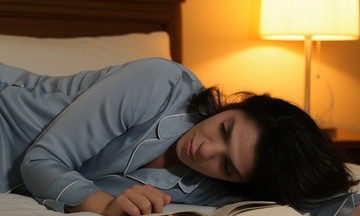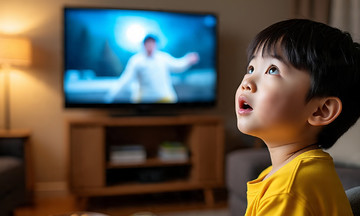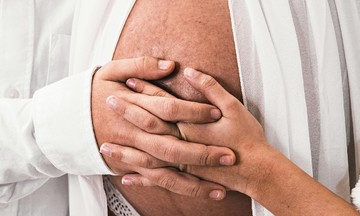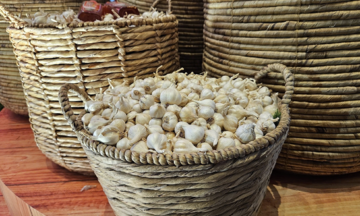Answer:
Many varicose vein patients seek massage therapy hoping to avoid surgical intervention. While the gentle pressure of massage can temporarily soothe some varicose vein symptoms, it doesn't cure the condition.
Varicose veins in the lower extremities occur when blood pools in the leg veins, unable to return to the heart through the main veins. This results in heavy, aching legs, swelling, numbness, tingling, nighttime cramps, and other discomfort. In severe cases, impaired blood circulation in the legs can lead to complications like eczema and non-healing ulcers.
When done correctly, massage promotes blood flow, helping to move some of the blocked blood out of the dilated veins. This reduces pain and swelling, and stimulates surrounding tissues to receive more oxygen and nutrients. However, massage doesn't restore normal blood circulation, so it can't cure the condition.
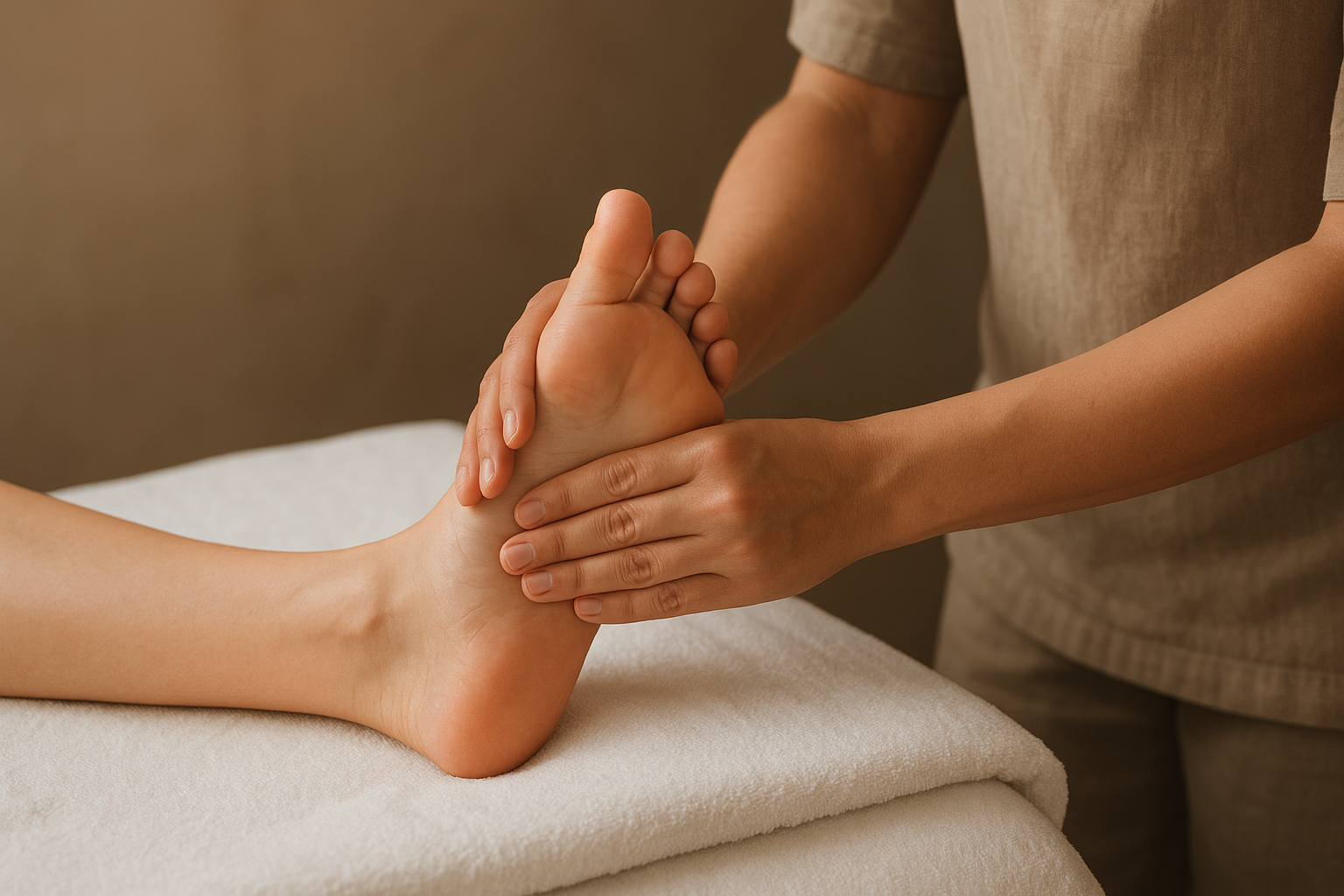 |
Massage promotes blood flow and alleviates varicose vein symptoms. Image generated by AI |
Massage promotes blood flow and alleviates varicose vein symptoms. Image generated by AI
Incorrect massage techniques can damage the venous system and worsen the condition. Varicose veins are fragile, and strong pressure can rupture them, leading to dangerous bleeding. Massage is also contraindicated for people with deep vein thrombosis because the pressure can dislodge blood clots in the legs, potentially causing blockages in the heart, lungs, or kidneys. In some cases, using hot oil or stones for muscle relaxation during massage can inadvertently dilate leg veins further, exacerbating symptoms.
This doesn't mean people with varicose veins should avoid massage altogether. For safety, consult knowledgeable and experienced professionals who can perform massage correctly without harming weakened veins.
For self-massage at home, use gentle pressure, avoid direct pressure on varicose veins, and elevate your legs to heart level or higher for optimal results. Consider using essential oils like lavender (for pain and inflammation relief), sea pine (for swelling reduction), or rosemary (for circulation boost). Before use, test for skin reactions by applying a few drops to your hand and waiting 15 minutes.
Besides proper massage, consider these supportive measures for varicose veins:
: Wear compression stockings: These stimulate muscles to gently push blocked blood back towards the heart.
: Exercise: Yoga, walking, and swimming improve circulation without overloading weakened veins and help prevent varicose veins in healthy veins.
: Elevate your legs: Veins work against gravity when you stand or move. Elevating your legs above your heart for a few minutes several times a day temporarily reduces pressure and pushes blood out of dilated veins.
If these measures don't improve your condition, consult a doctor about surgical interventions like sclerotherapy, endovenous laser ablation, or Venaseal closure system. 2-3 weeks after the procedure, you can resume leg massage to maintain stable blood flow without overloading the treated veins.
MSc, MD, Specialist Level I Le Chi Hieu
Department of Thoracic and Vascular Surgery
Tam Anh General Clinic, District 7
| Readers can submit questions about cardiovascular diseases here for doctor's answers |








